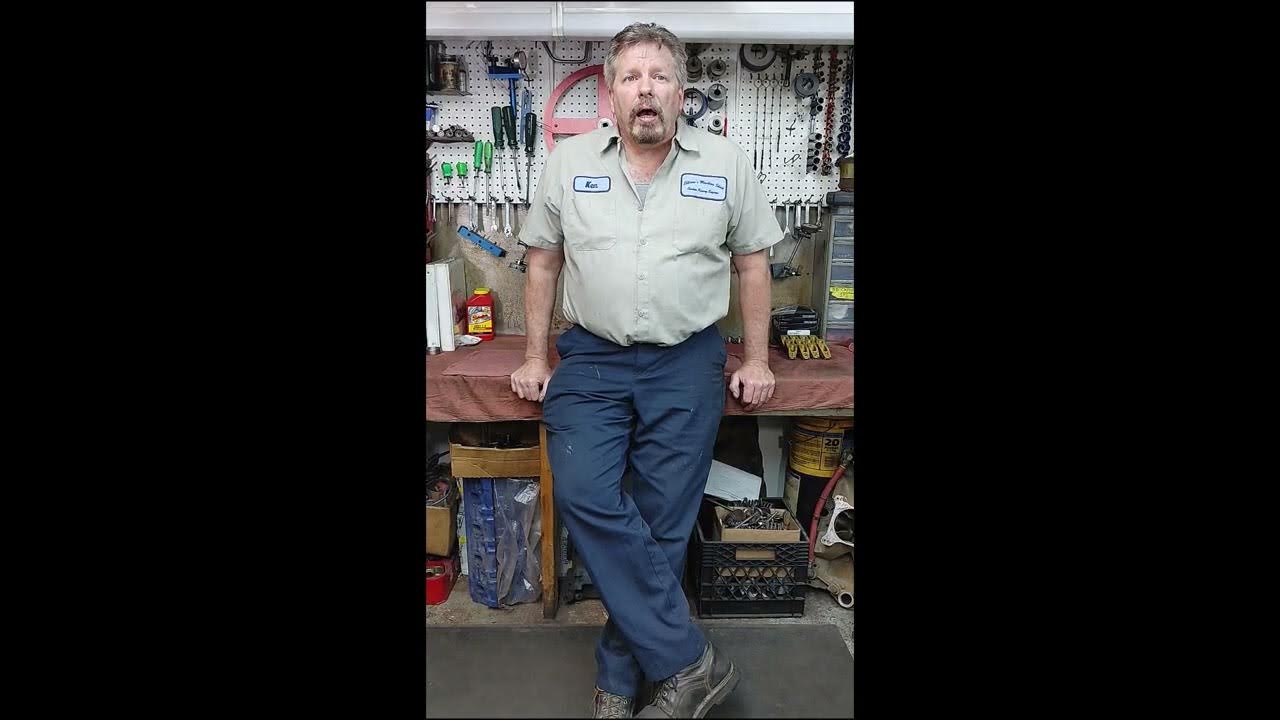http://www.summitracing.com/parts/PRO-66775/
http://www.popularhotrodding.com/tech/0 ... index.html
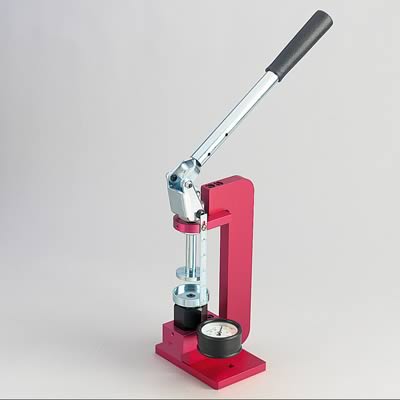

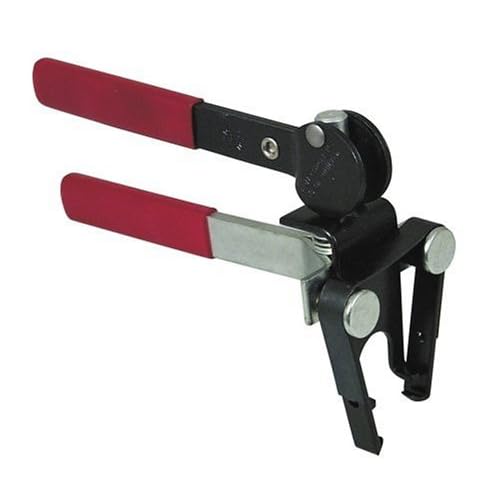
http://www.sjdiscounttools.com/lis16750.html
http://www.fordmuscleforums.com/engine- ... tools.html




READ THESE THREAD LINKS BELOW ALSO, AS THEY CONTAIN A GOOD DEAL MORE RELATED INFORMATION
viewtopic.php?f=52&t=1716&p=4248&hilit=retainers#p4248
viewtopic.php?f=52&t=181&p=1066#p1066
viewtopic.php?f=52&t=1376
viewtopic.php?f=52&t=2768&p=7190#p7190
viewtopic.php?f=52&t=528
viewtopic.php?f=52&t=1489
viewtopic.php?f=52&t=788
viewtopic.php?f=52&t=1005
http://www.summitracing.com/parts/MOR-62390/

http://www.summitracing.com/parts/PRO-66774/
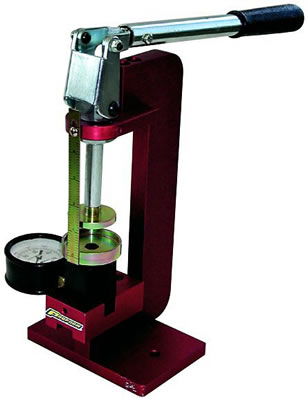
now about 90% of the guys looking at this are probably thinking (MORE REAL EXPENSIVE NEARLY USELESS TOOLS)
yeah! when I was about 19 I thought the same thing, now IM not suggesting you run out and buy the tool, but you should understand its function,
I asked an old mentor machinist, what that tool was for and why you use them and got a cheap & fast education in valve train stability from an old machinist and what he said made sence, he grabbed a handful of REJECT springs out of the dumpster and had me test them, they all looked fine, I wondered why he thru them out!. his engine was going to be designed for simple street use so there was nothing really significant in the valve springs to be used, he set it up and showed me that at 1.750 they were supposed to read at 130 pounds and at 1.250 they were supposed to read 290 pounds (about typical for a plain/jane 350 smogger at the time,, some springs, read only 90lbs, one read only 55 lbs I didn,t notice the baddest one, at first, it was cracked, for a second, I thought ID done something wrong, then he showed me some race springs, that looked similar,in a fancy box on his desk, some of those springs ran over 400 lbs. It was not real hard to imaging the difference in wear and valve control that a wide range of valve spring pressures might cause!
then he told me about a guy who had replaced three lifters that, would not (PUMP UP) and clicked at idle, only after wiping a cam lobe did he find the cracked valve spring that was really making the clicking noise)
testing valve springs is a WHOLE LOT EASIER with the correct tools like those linked in this thread
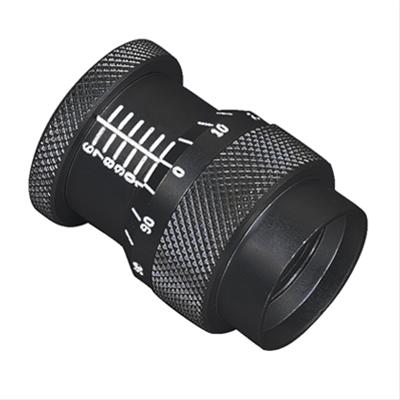
http://www.summitracing.com/parts/CCA-4929/
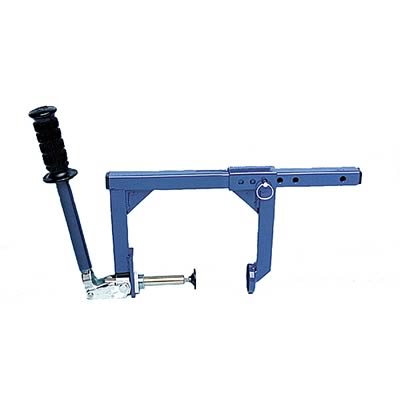
http://www.summitracing.com/parts/CCA-5333/?image=large
keep in mind you need to check BOTH THE CLEARANCES AND VALVE TRAIN GEOMETRY ALONG WITH THE SPRING LOAD RATES, and the installed height can be varied with shims, valve seat cups, different retainers and keepers and in some cases longer valves
either do it CORRECTLY by buying and learning how to use the tools you need,or get the local machine shop that has the tools and experience to do it for you, theres no way a guy can get the exact measurements and spring load rates at the exact clearances without tools designed to take those precise measurements of length, load rates and clearances, and yes, being off in your measurements by .020-.030 thousands does matter a great deal in some applications!
http://www.popularhotrodding.com/tech/0 ... index.html


http://www.sjdiscounttools.com/lis16750.html
http://www.fordmuscleforums.com/engine- ... tools.html




READ THESE THREAD LINKS BELOW ALSO, AS THEY CONTAIN A GOOD DEAL MORE RELATED INFORMATION
viewtopic.php?f=52&t=1716&p=4248&hilit=retainers#p4248
viewtopic.php?f=52&t=181&p=1066#p1066
viewtopic.php?f=52&t=1376
viewtopic.php?f=52&t=2768&p=7190#p7190
viewtopic.php?f=52&t=528
viewtopic.php?f=52&t=1489
viewtopic.php?f=52&t=788
viewtopic.php?f=52&t=1005
http://www.summitracing.com/parts/MOR-62390/

http://www.summitracing.com/parts/PRO-66774/

now about 90% of the guys looking at this are probably thinking (MORE REAL EXPENSIVE NEARLY USELESS TOOLS)
yeah! when I was about 19 I thought the same thing, now IM not suggesting you run out and buy the tool, but you should understand its function,
I asked an old mentor machinist, what that tool was for and why you use them and got a cheap & fast education in valve train stability from an old machinist and what he said made sence, he grabbed a handful of REJECT springs out of the dumpster and had me test them, they all looked fine, I wondered why he thru them out!. his engine was going to be designed for simple street use so there was nothing really significant in the valve springs to be used, he set it up and showed me that at 1.750 they were supposed to read at 130 pounds and at 1.250 they were supposed to read 290 pounds (about typical for a plain/jane 350 smogger at the time,, some springs, read only 90lbs, one read only 55 lbs I didn,t notice the baddest one, at first, it was cracked, for a second, I thought ID done something wrong, then he showed me some race springs, that looked similar,in a fancy box on his desk, some of those springs ran over 400 lbs. It was not real hard to imaging the difference in wear and valve control that a wide range of valve spring pressures might cause!
then he told me about a guy who had replaced three lifters that, would not (PUMP UP) and clicked at idle, only after wiping a cam lobe did he find the cracked valve spring that was really making the clicking noise)
testing valve springs is a WHOLE LOT EASIER with the correct tools like those linked in this thread

http://www.summitracing.com/parts/CCA-4929/

http://www.summitracing.com/parts/CCA-5333/?image=large
keep in mind you need to check BOTH THE CLEARANCES AND VALVE TRAIN GEOMETRY ALONG WITH THE SPRING LOAD RATES, and the installed height can be varied with shims, valve seat cups, different retainers and keepers and in some cases longer valves
either do it CORRECTLY by buying and learning how to use the tools you need,or get the local machine shop that has the tools and experience to do it for you, theres no way a guy can get the exact measurements and spring load rates at the exact clearances without tools designed to take those precise measurements of length, load rates and clearances, and yes, being off in your measurements by .020-.030 thousands does matter a great deal in some applications!

